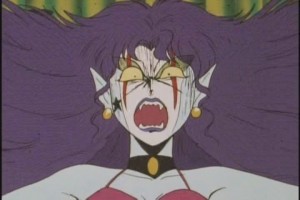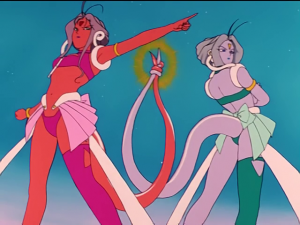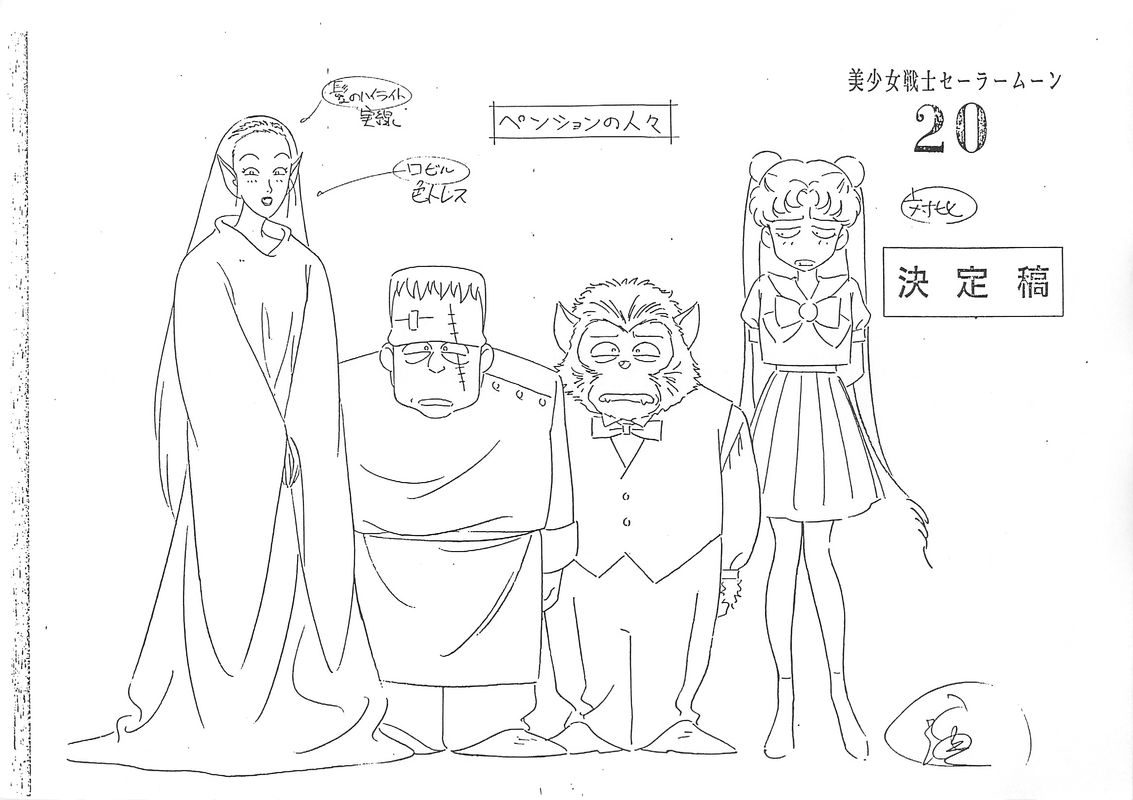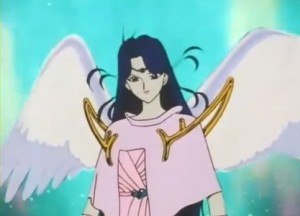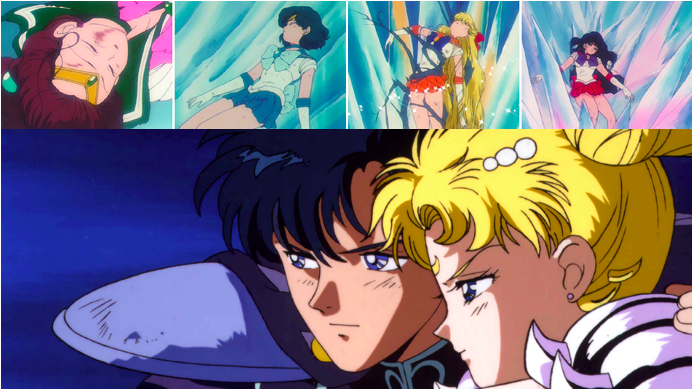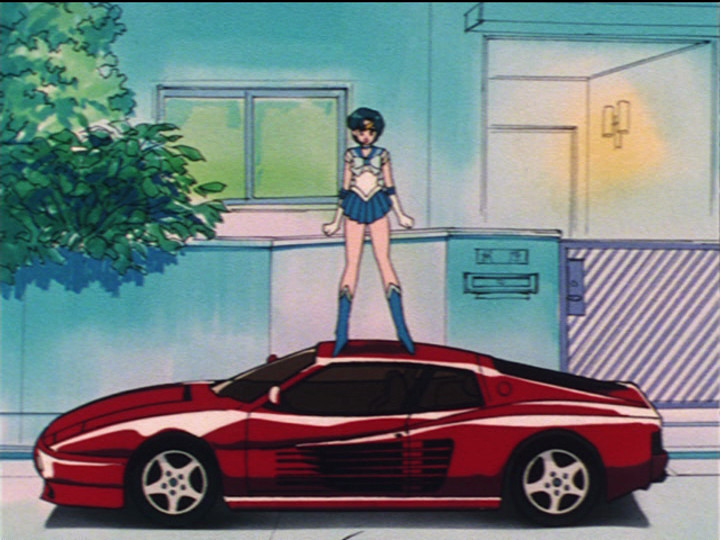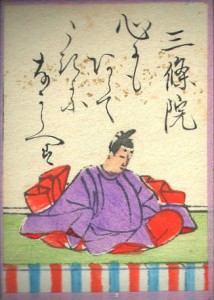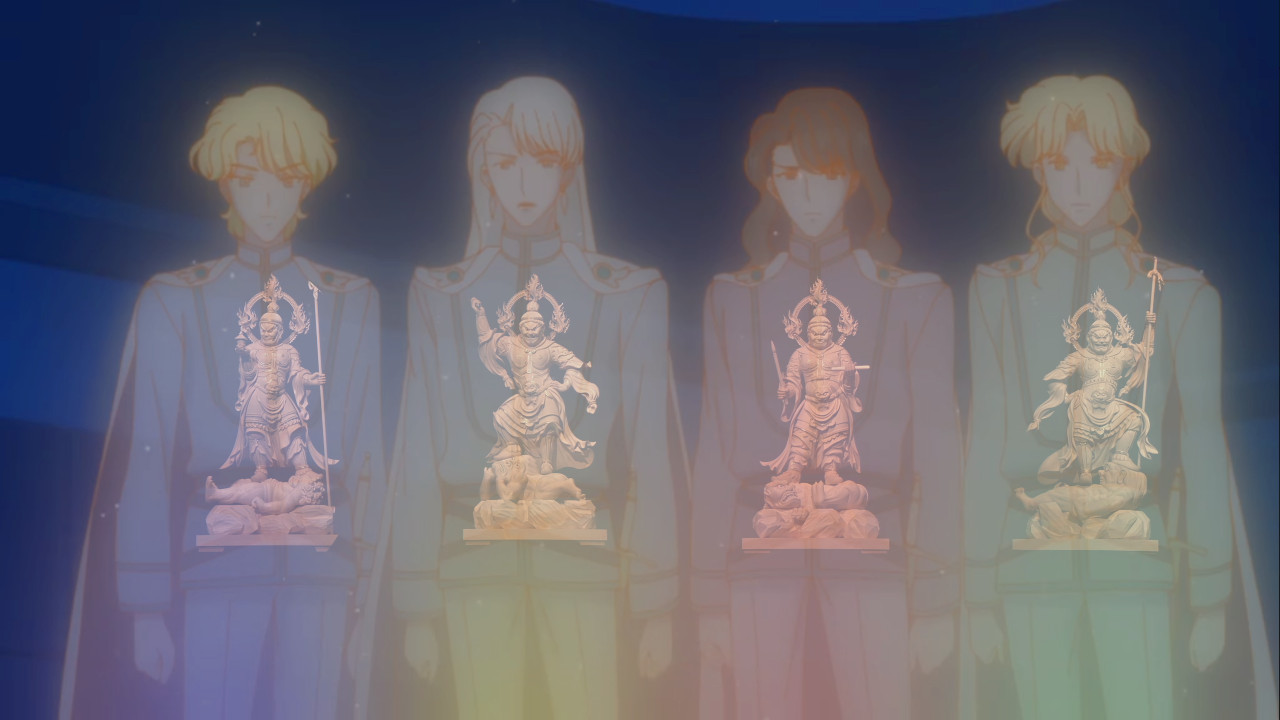One of the many recurring themes that we keep touching on over and over in the world of Sailor Moon is the significance of names, and the minions of the Dark Kingdom are no different. The majority of their names are either directly related to the specific youma’s power, appearance, or the main character of the day in the episode, but quite a few of them actually have a surprising backstory behind them! So, without further ado, let’s take a look at the names of the youma as they appeared in the first season, separated by who they served under.
Jadeite
- Morga: This is a hard one since there’s really no direct links in Japanese or English to her name, but judging by her appearance, the ga part of her name is likely in reference to 餓 (ga), meaning “to starve.” She also remarks in the manga that Naru’s mother is likely starving to death and locked up.
- Speaking of the manga, she’s one of the few “monsters of the day” who appeared in both the manga and the anime throughout the entirety of the Sailor Moon series, though she didn’t have a name in the manga.
- Balm: A clever play off of the word “palm,” in reference to palm reading and, more generally, fortune telling.
- Frau: Many people claim this is a play off of the Japanese word 振る (furu; to dump), but that doesn’t make sense in this context. Most likely it’s a play off of “flower,” in reference to the broaches given away that sap listerners’ energy.
- Iguara: A pretty clear reference to an iguana, due to the pet shop which was opened and the design of the enemy.
- As an aside, he cute animals that smell all-so-nice in this episode, chanela, are an obvious reference to Chanel, the brand of perfume.
- Kyurene: Spelled the same in Japanese as Cyrene/Kyrene of Greek mythology, a strong and aggressive female hunter.1
- Derella: Derived from a shortening of Cinderella.
- Garoben: A play off of the Japanese term ガリ勉 (gariben) meaning to be fanatic about studying,2 and probably in reference to all the students and how hard they were studying (and as a result, having their energy taken from them).
- Ramua: An anagram of the Japanese word for “alarm” (as in, alarm clock). A – Ra – Mu = Ra – Mu – A
- Kigaan: A play off of the Japanese word 祈願 (kigan) meaning prayer,3 which is typically offered up at a Shinto shrine.
- Murid: “Dream” written backwards in Japanese. Do – Ri – Mu = Mu – Ri – Do
Nephrite
- Tesuni: An anagram of the Japanese word for “tennis.” Te – Ni – Su = Te – Su – Ni
- Petasos: This is likely in reference to the ancient Greek hat known by the same name, petasos, in reference to the hat which Nephrite uses to syphon energy.4
- Widow: Pretty obviously in reference to the black widow spider.
- Kyameran: Could be interpreted either as: (i) An “n” added to the Japanese word for camera, or (ii) a contraction of “camera” and “man” to become Cameran.
- Jumeau: In reference to the Bisque dolls5 which were popular in the late 1800s. A French company, Jumeau,6 was one of the most famous manufacturers.
- Regulus: Direct reference to the star, Regulus.
- Castor and Pollux: In reference to the stars and the characters by the same name in Roman mythology.7
- As an interesting aside, it’s said that the models for two of the staff at the animation studio appearing in this episode, Hiromi Matsuno and Kazuko Tadashita, are none other than Hiromi Matsushita and Kazuko Tadano (husband and wife character designers and animators working at Studio Live on producing Sailor Moon episodes at the time)8
This takes us all the way through the first half of the original season of Sailor Moon, but it’s already getting pretty long, so I think we’ll need to hold off for part two until the next time around. Next up, we’ll be taking a look at the youma which service under Zoisite and Kunzite, along with the Seven Great Youma themselves and those that served directly under Queen Beryl. There’s plenty of more trivia to be found!

